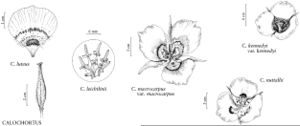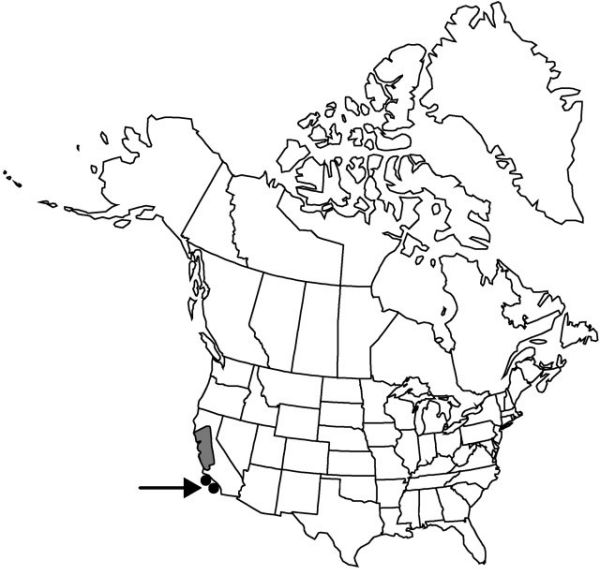Difference between revisions of "Calochortus luteus"
Edwards’s Bot. Reg. 19: plate 1567. 1833.
FNA>Volume Importer |
FNA>Volume Importer |
||
| Line 11: | Line 11: | ||
|name=Mariposa lutea | |name=Mariposa lutea | ||
|authority=(Douglas ex Lindley) Hoover | |authority=(Douglas ex Lindley) Hoover | ||
| + | |rank=species | ||
}} | }} | ||
|hierarchy=Liliaceae;Calochortus;Calochortus luteus | |hierarchy=Liliaceae;Calochortus;Calochortus luteus | ||
| Line 35: | Line 36: | ||
-->{{#Taxon: | -->{{#Taxon: | ||
name=Calochortus luteus | name=Calochortus luteus | ||
| − | |||
|authority=Douglas ex Lindley | |authority=Douglas ex Lindley | ||
|rank=species | |rank=species | ||
| Line 50: | Line 50: | ||
|publication year=1833 | |publication year=1833 | ||
|special status= | |special status= | ||
| − | |source xml=https://jpend@bitbucket.org/aafc-mbb/fna-data-curation.git/src/ | + | |source xml=https://jpend@bitbucket.org/aafc-mbb/fna-data-curation.git/src/f50eec43f223ca0e34566be0b046453a0960e173/coarse_grained_fna_xml/V26/V26_194.xml |
|genus=Calochortus | |genus=Calochortus | ||
|species=Calochortus luteus | |species=Calochortus luteus | ||
Revision as of 20:47, 16 December 2019
Stems slender, 2–5 dm. Leaves: basal withering, 1–2 dm; blade linear. Inflorescences subumbellate, 1–4-flowered; bracts 1–8 cm. Flowers erect; perianth open, campanulate; sepals lanceolate-oblong, attenuate, 2–3 cm; petals deep yellow, usually streaked red-brown proximally, often with median red-brown blotch, cuneate to obovate, 2–4 cm, with a few slender hairs near gland; glands ± lunate to oblong, not depressed, covered with short, matted hairs; filaments 7–9 mm; anthers linear-oblong, 4–6 mm, apex obtuse or acute. Capsules erect, lanceoloid-linear, angled, 3–6 cm. Seeds light beige, flat. 2n = 14, 28.
Phenology: Flowering late spring–mid summer.
Habitat: Heavy soils in grasslands, open woodlands, mixed evergreen forests
Elevation: 0–700 m
Discussion
Coastal plants of Calochortus luteus are mostly triploid, while those of the interior are mostly diploid. Occasionally this species hybridizes with C. superbus.
Selected References
None.

